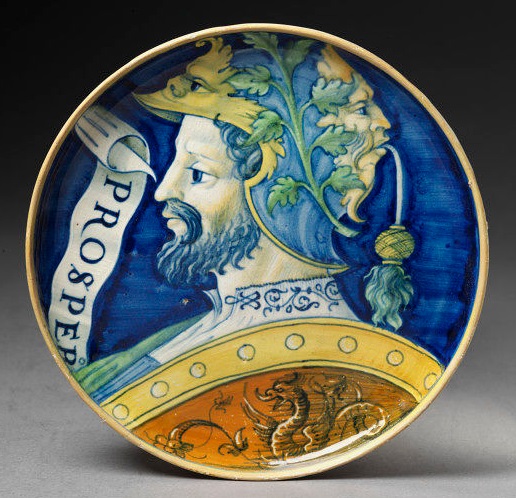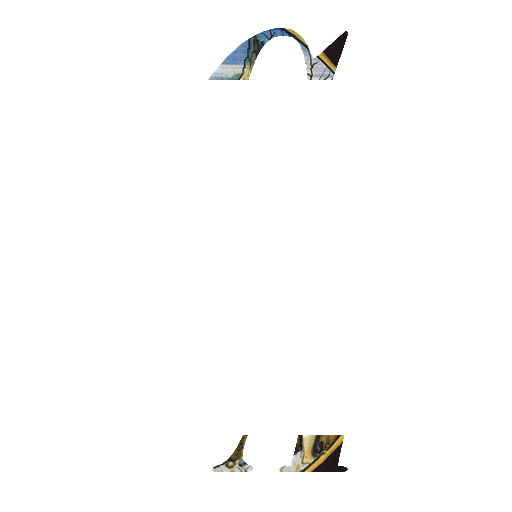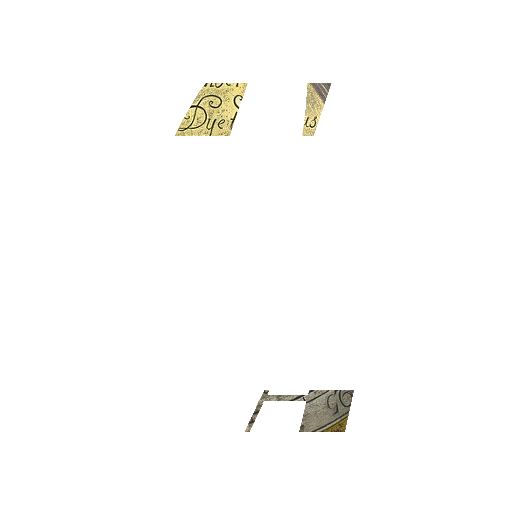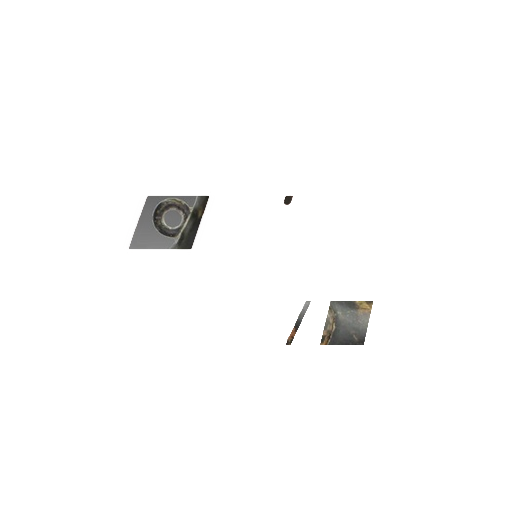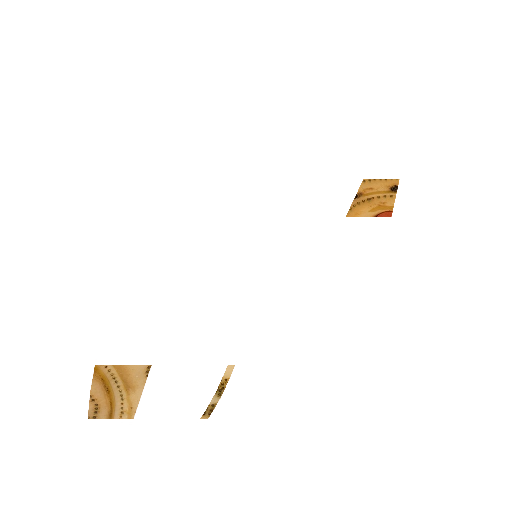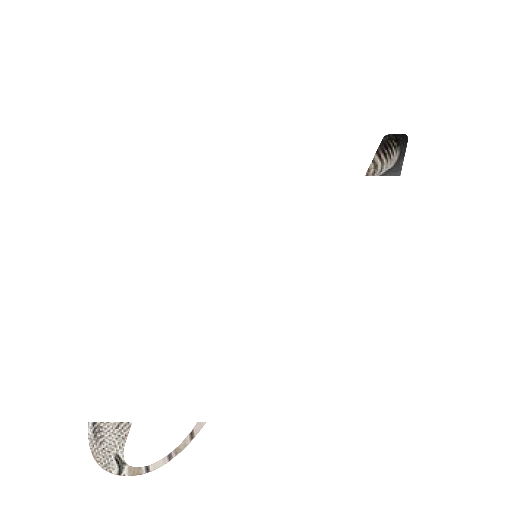The small town of Castel Durante lies near the city of Urbino, the capital of the province of Pesaro Urbino; but since the days of Urban VIII., who became Pope in 1623, its name has been changed to Urbania, for he was born there.
Yet the older name is still used to designate the majolica made at Urbania, even in the later 17ᵗʰ century, and also in the revival of the eighteenth. History carries the potter's art to much earlier times, mention being made of Bistugi, a potter in 1361, and Maestro Gentile in 1363. In fact, pottery appears to have been the staple product of the place, which was beneficially influenced by the establishment of the second Duke of Urbino, Federigo, in his magnificent palace in the capital. He gathered round him the leading artists of the day, and on his death in 1482, his son, Guidobaldo L, continued his father's protection to the ceramic arts of the dukedom, with the result that the artistic ware of Castel Durante shared in the general progress shown under his encouragement. In 1508 he was succeeded by Francesco Maria della Rovere, who after troubles with the Pope Leo X. died in 1538, when Guidobaldo II. became Duke and reigned till 1574, being followed by Francesco Maria IL, who lacked the means to carry on the potteries to which his predecessors had devoted much wealth, so that we may ascribe the greatest progress to the period between 1520 and 1540, and include the next twenty years as continuing the excellence then attained at Castel Durante and other boteghe in the duchy.
Not only did Castel Durante furnish beautiful wares, but it also gave to Urbino some of its best artists, including the Peliparii, who assumed the surname Fontana. On the banks of the River Metauro, on which the town was built, was found the clay which made a finer earthenware body than that of the other factories. Of course the early work was coarse, painted coats-of-arms and half-figures in colours, which became refined as the artists increased their skill in the manipulation of them. Even in 1500, when mezza-majolica was still made side by side with majolica, the beginnings were shown of a style of decoration of amorini, scrolls, and medallions, which was much favoured in later years. The candelieri style, consisting of conventional sprays with dolphins, sirens, masks, etc., differed from the grotesques found upon Urbino and other ware. The treatment of the designs was singularly free, bold, and graceful; trophies, satyrs, Cupids, and interlaced foliage being richly and harmoniously painted in full yet soft colours. An olive-tinted carnation is considered by some to be a special mark of the fabrique, which also used an intense dark and rich blue, and a deep, clear brown, with yellow and green of charming tone. These colours upon a body of pale-buff-coloured paste, tin-enamelled, rarely decorated at the back, are enriched by a glaze of high quality, purer and richer than most others. Cerquafo pieces, ornamented with oak leaves painted yellow on a blue ground, sometimes moulded in relief, surrounding a small head or classical portrait, are mainly assigned to Castel Durante, and it is said that some wares said to be " of Urbino " were made at Castel Durante, which was in the Urbino duchy. Hence some charming plates and plaques are assigned to Castel Durante or Urbino.
Those specimens which are marked in full have exceeding interest as distinguishing the products of this town from those of Urbino, Faenza, and Pesaro. Such are the pharmacy jar in the British Museum with the inscription, "Ne la botega d' Sebastiano d' Mayf oria," and " A di xi de Octobre f eee 1519," completed at the base with" In Castel dura "; a plate in the same museum, marked " 1526 in Castel durante "; a vase, drug-pot, or albarello in the Cluny Museum, with the legend.
"In terra Duranti"; and another one, similar, inscribed "Fato in terra Dzsranta apreso a la cita d' Urbino."
Such signatures are rare, the pieces being generally without the means of identification.
The 17ᵗʰ century groups, figures, fountains, etc., executed in the ateliers of this town, are for the most part of inferior merit, though they continued to give some signs of vitality in the early part of the next century, when Urbino and Pesaro had decayed. Cardinal Stoppani at that time supported a renaissance by importing able artists from other districts, but his attempts were not successful. Passeri says the productions had little value. Not only are we indebted to him for much information regarding the majolica of Castel Durante, but also to another author, C. Piccolpasso, who wrote " Trois Livres de Fart du Potier," and he was well qualified for that task because he himself belonged to the town, where, about the year 1550, he directed a faience fabrique.
A CASTEL DURANTE MAIOLICA JUG WITH PEWTER MOUNTS
Marche (Castel Durante c1540)
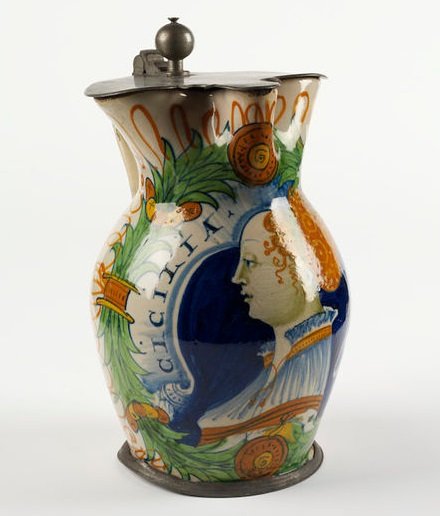
A CASTEL DURANTE MAIOLICA DISH
Marche (Castel Durante c1525)
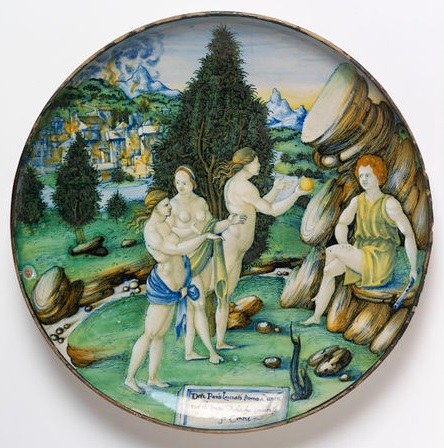
A CASTEL DURANTE MAIOLICA WAISTED DRUG VASE
Marche (Castel Durante c1540)
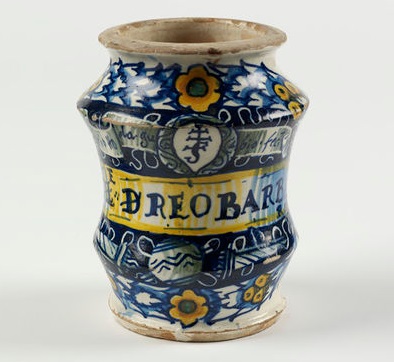
A CASTEL DURANTE MAIOLICA DISH
Marche (Castel Durante c1545)
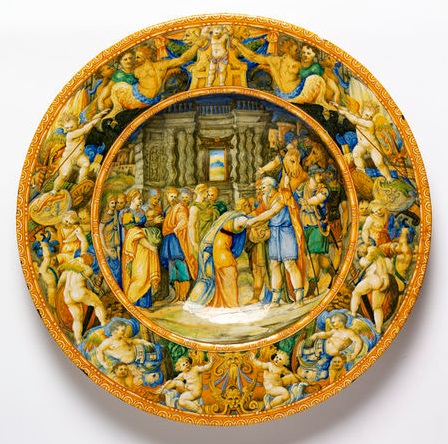
A CASTEL DURANTE MAIOLICA VASE AND COVER
Marche (Castel Durante c1520)
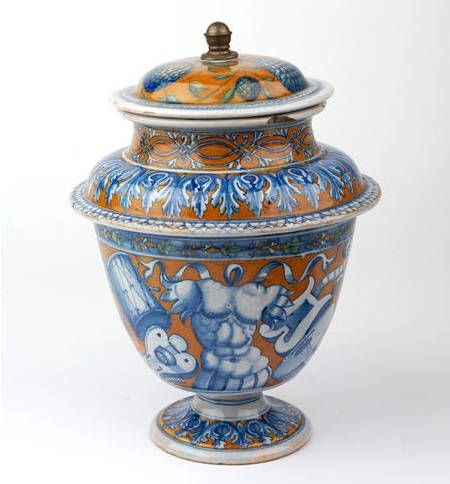
A CASTEL DURANTE MAIOLICA VASE
Marche (Castel Durante c1520)
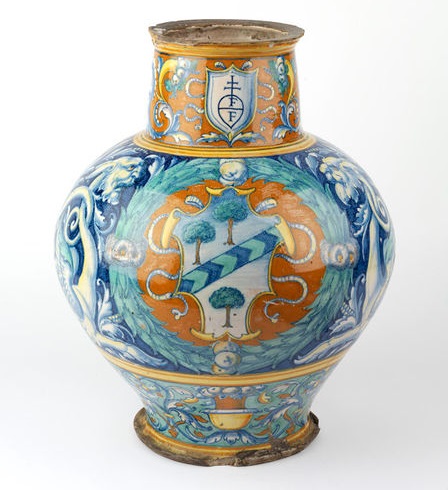
A CASTEL DURANTE MAIOLICA WAISTED DRUG JAR
Marche (Castel Durante c1550)
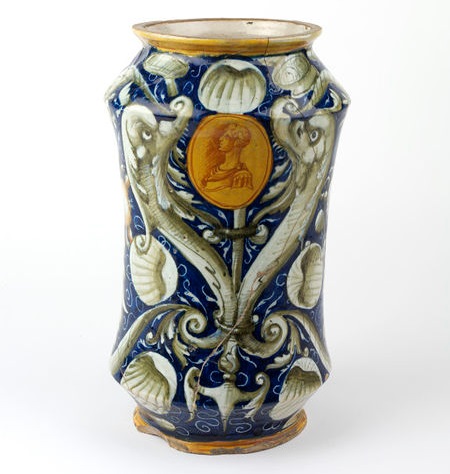
A CASTEL DURANTE MAIOLICA JUG WITH PEWTER MOUNTS
Marche (Castel Durante c1540)
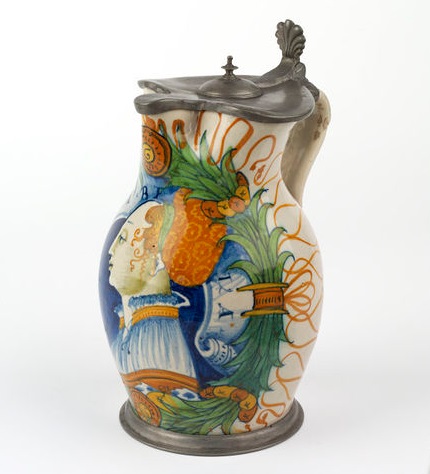
A CASTEL DURANTE MAIOLICA DRUG VASE
Marche (Castel Durante c1560)
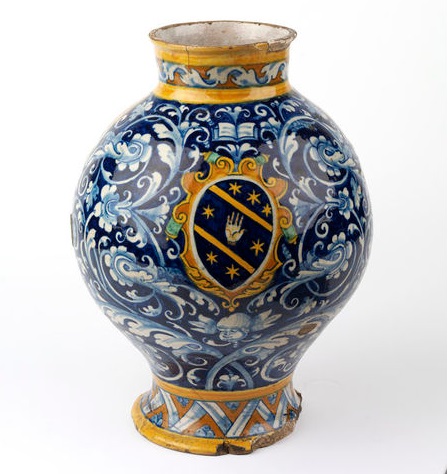
A CASTEL DURANTE MAIOLICA PLATE
Marche (Castel Durante c1525)
